Fifteen years ago, Australians rejected a proposal by the ruling class to ditch the Queen. This ignored all the great constitutional issues facing the nation, such as making the politicians truly accountable and restoring the federation. Instead, this involved grafting a politicians’ republic onto our carefully designed federal commonwealth under the Crown, that is, our crowned republic. The result was predictable − a constitutional Frankenstein.
This long and costly distraction from the core functions of government was launched by Paul Keating soon after the formation of a private lobby group, the Australian Republican Movement. In response, a group of prominent monarchists from across the political spectrum joined as Australians for Constitutional Monarchy. Led by the respected QC Lloyd Waddy, they appointed a young, talented executive director, Tony Abbott.
ACM soon developed into a vast, passionate grassroots movement, managing to bring out over 20,000 people in a peaceful demonstration against Bob Carr throwing the NSW governor out of Government House. (Years later he admitted this was all about the reserve powers.)
The 1998 constitutional convention proved a trial run, dominated by the ARM’s fear monarchists would use their numbers to deliver the ‘least worst’ (but easiest to defeat) McGarvie model for the referendum. After frequent denials, ACM and its four smaller allies made public a unanimous resolution that, as a matter of principle, they would never support any republican model. (This earned them generous public praise from Cardinal Pell.)
Other highlights included a powerful address by the first indigenous member of federal parliament, Neville Bonner, which attracted the convention’s only standing ovation. Then came Lloyd Waddy’s mediation of a dispute between republicans so serious a walkout was threatened. A lesser man would have encouraged this.
Next, the referendum campaign. With a cast of celebrities, generous funding, the support of the inner city elites, the ACTU, ALP, Greens, and more Liberal politicians than not, together with the media in campaign mode (the very few exceptions included Alan Jones) the ARM was cock-a-hoop that they would soon have their ‘inevitable’ republic. Overconfident, they assumed they had the youth, immigrant and Labor vote. Polling indicated they did not, a fact demonstrated vividly at an inner city polling station on voting day. Republicans rushed to hand leaflets to a large, young black labourer. ‘No,’ he boomed, brushing them aside ‘I want to vote for the Queen.’
Demonstrating how out of touch they were, they openly supported flag change. One exhibition included a ‘flag’ emblazoned with the words ‘F*** off back to Fag Land’. This proved a great campaign prop − for monarchists. Then they foolishly ignored ACM’s call to distance themselves from Gerry Adams’ support.They regularly assumed Australians take notice of the opinions of assorted celebrities. Their ‘It’s time’ ads, starring Malcolm Fraser and Gough Whitlam, were pure gold − for the No case.
Knowing we couldn’t compete, they spent heavily on early TV advertising. This backfired. Those who recalled them, surveys found, also thought they recalled the very monarchist advertisements we could not afford. Worse, they seriously underestimated the intelligence of the average Australian. Republican eminences actually claimed their republic would reverse the recession, reduce unemployment, boost jobs, invigorate spirits, improve trade, increase immigration, liberate artists and improve international relations. Realizing these promises were making them a laughing stock, and with Bob Hawke saying monarchists were ‘winning the intellectual debate’, the ARM decided to gamble everything on one silver bullet: a diplomatic term so obscure it wasn’t even in the Macquarie Dictionary. They claimed that only in a republic could an Australian be ‘head of state’. ACM demonstrated we already had one, the governor-general. In any event, Australians were not lying awake at night wondering who their head of state was.
There’s a republican myth the Howard government fixed everything for the monarchists. Not so. They appointed more republicans than monarchists to the convention and rejected our submission that the referendum question describe the extraordinary way a president could be dismissed, turning him into the PM’s poodle. It would be easier for the PM to sack the president than his cook − without notice, without grounds and without appeal. At the same time Malcolm Turnbull proposed two words be removed from the question: ‘president’ and ‘republic’. Even the republican media ridiculed them. We then knew what private polling and focus groups were telling the ARM. About this time Turnbull entered in his diary a note: ‘we have Buckley’s chance of winning – nobody is interested.’ Indeed.
As 6 November approached we went into a military style campaign mode. Central to this was an early morning national teleconference, effectively our high command. When possible one or more of the monarchist ministers, Abbott, Minchin and Downer, would join us. Abbott’s successor at ACM, Kerry Jones, was another key member. She was also chairman of the official Vote No Committee of eight ACM and two republican members, all appointed on votes received in the convention election. Their task was to administer a $7.5 million budget for advertising and research, a task they fulfilled more effectively than the Yes Committee.
Given media hostility, it was crucial that a powerful No case appear in the official booklet for all voters. My first draft was on the basis we would use all the 2000 words permitted and that there would be ten strong arguments for the retention of the Crown. We were surprised later to see the republicans had put in a very short case. The result was about half the Yes pages, all opposite ours, were blank. Judging by the vigorous proposals for ‘reform’ made years later by republicans to a parliamentary committee on matters including the Yes/No booklet, our No case was judged far too effective.
The result was that when the people voted on 6 November 1999, they affirmed the constitution of our crowned republic nationally, in every state and in 72% of electorates. Had this been an election it would have been the largest landslide in both houses since federation.
Got something to add? Join the discussion and comment below.
Get 10 issues for just $10
Subscribe to The Spectator Australia today for the next 10 magazine issues, plus full online access, for just $10.
You might disagree with half of it, but you’ll enjoy reading all of it. Try your first month for free, then just $2 a week for the remainder of your first year.

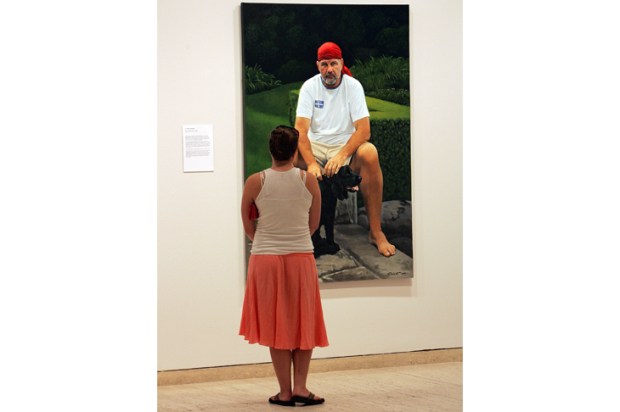
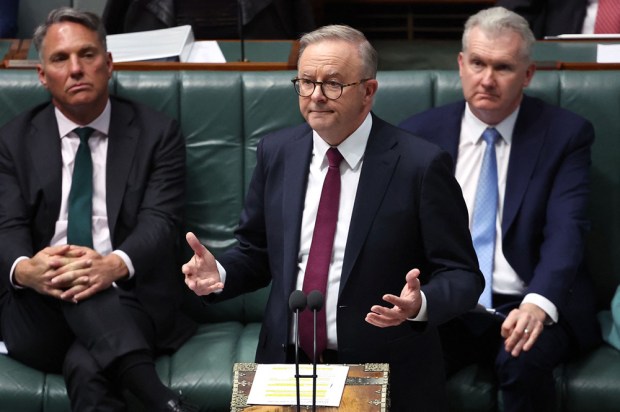
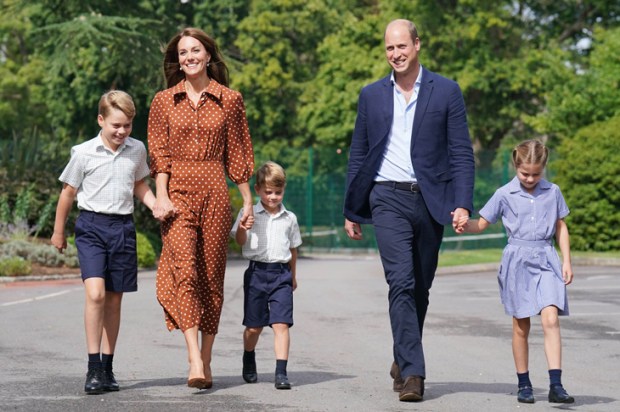
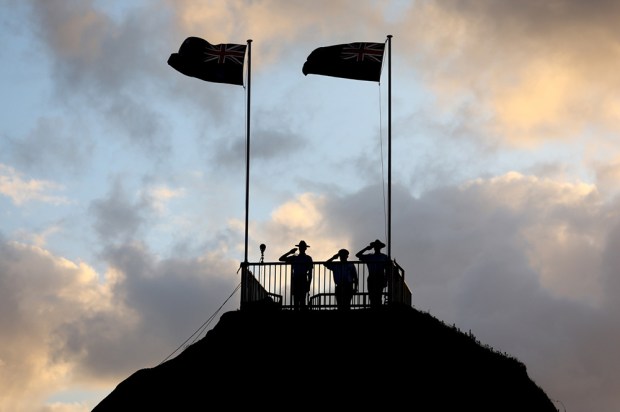

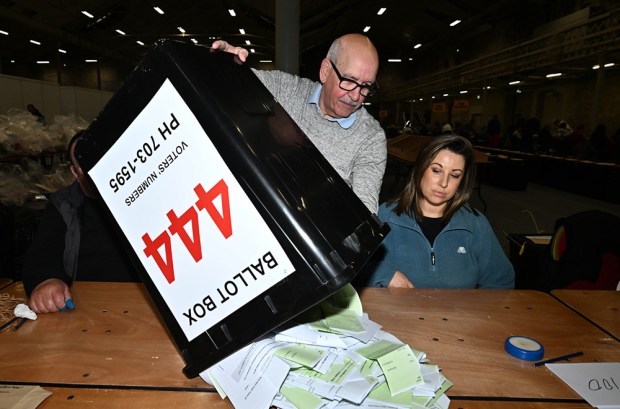






Comments
Don't miss out
Join the conversation with other Spectator Australia readers. Subscribe to leave a comment.
SUBSCRIBEAlready a subscriber? Log in